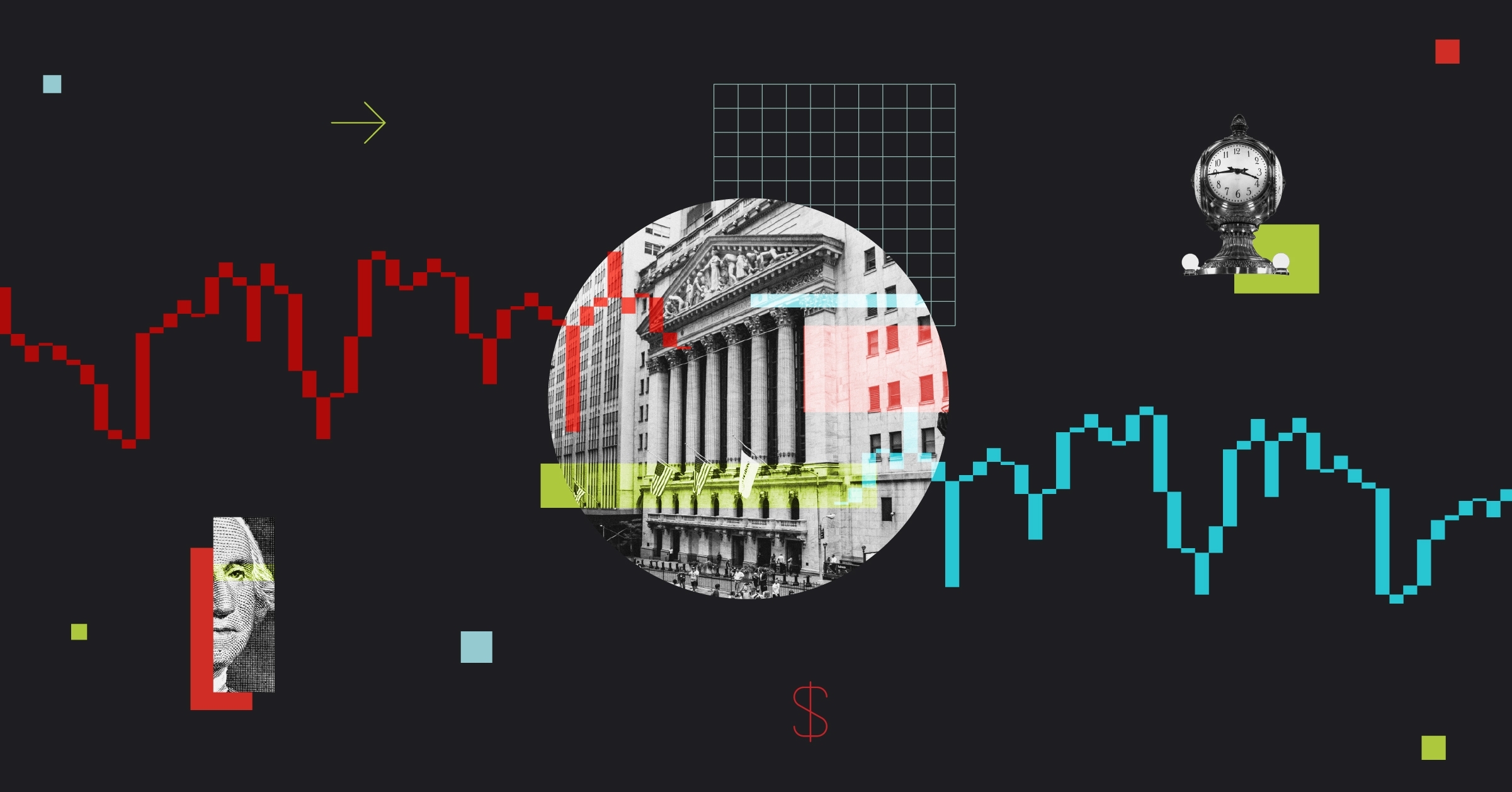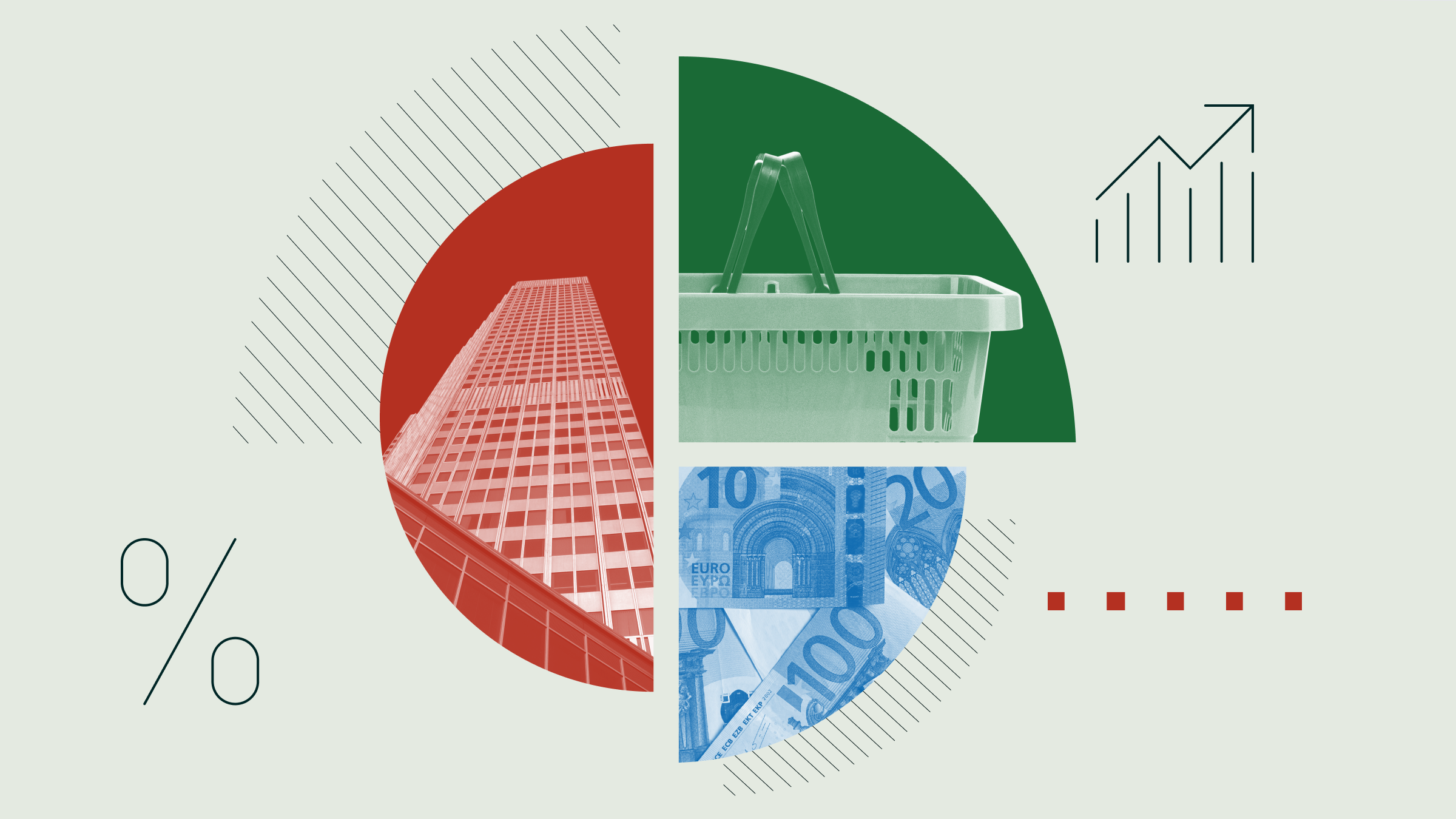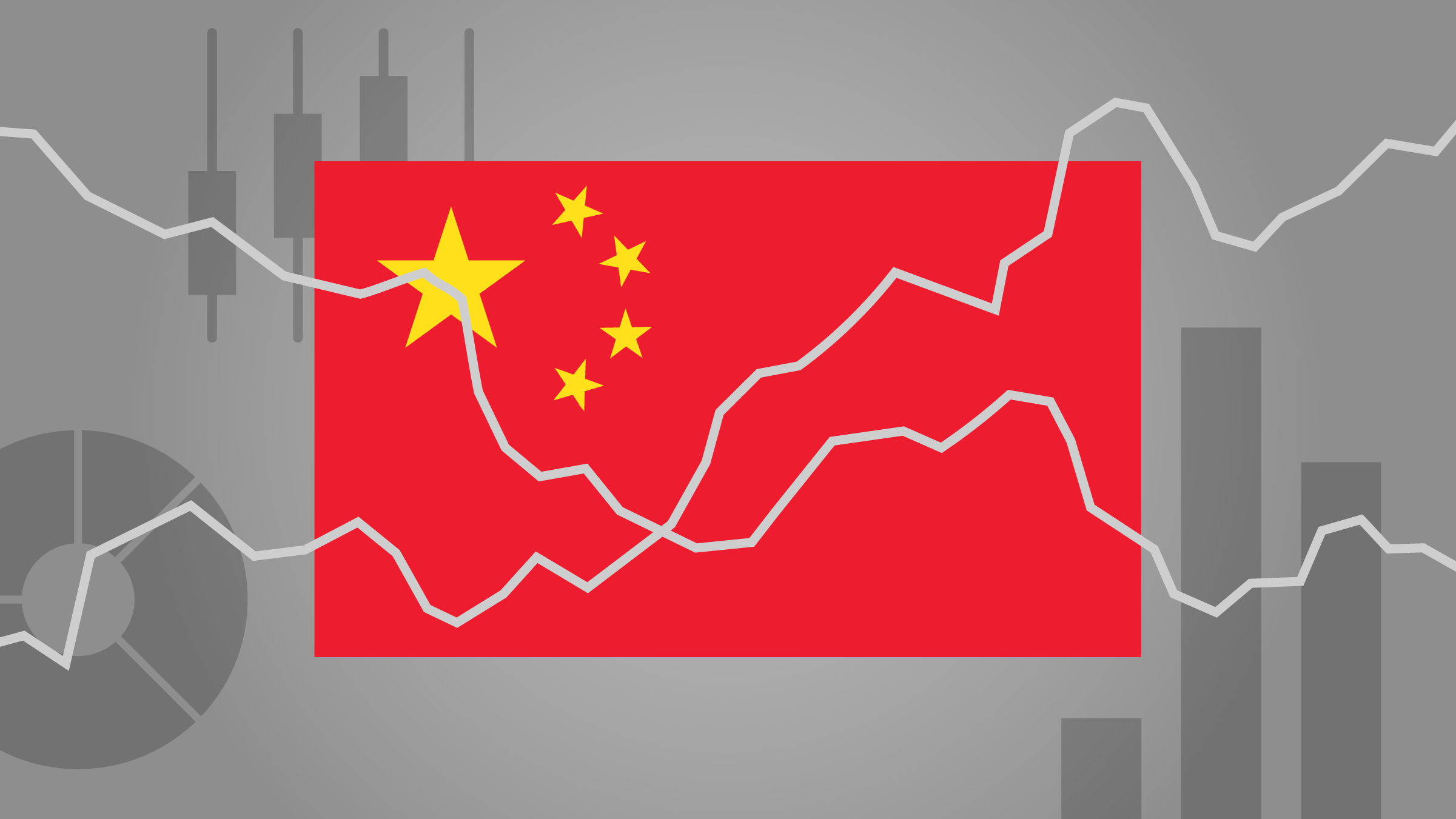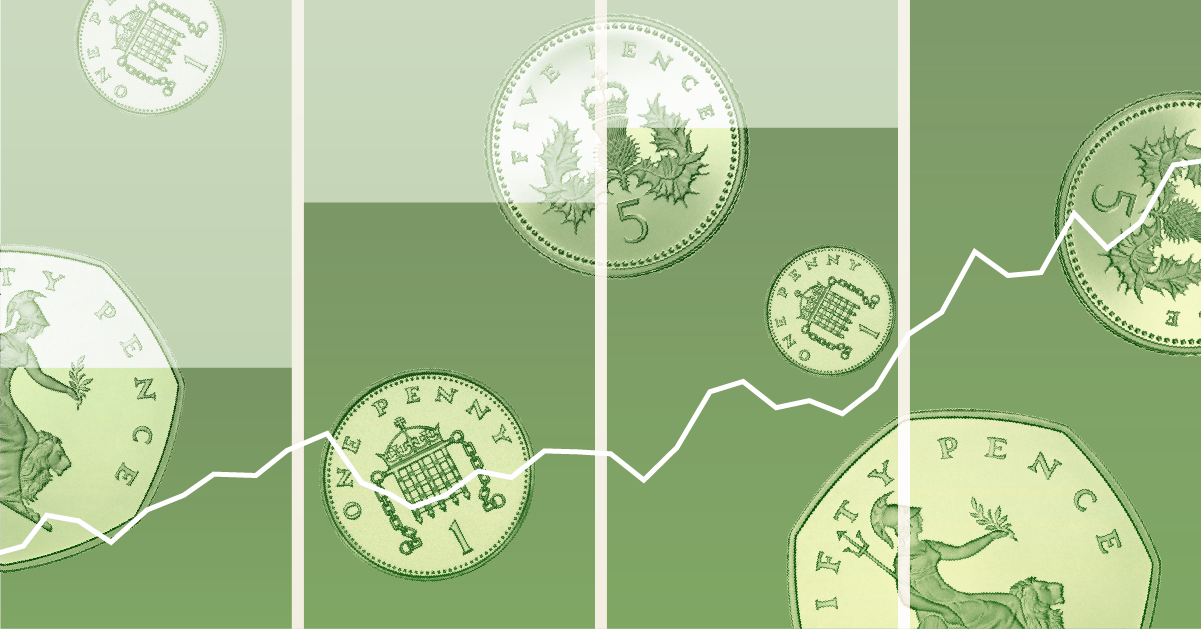
Investors hoping for another steady stream of record highs for US stocks in 2025 have instead found a market hemmed in by uncertainty.
US Stocks gained 24% in 2024, with the final months seeing the market repeatedly pushing to fresh all-time peaks despite stretched valuations, political uncertainty, and elevated interest rates. That bull market has lost some momentum in 2025. US stocks are in the green for the year, up about 4.6%, but progress has been slow and unsteady. For instance, US stocks fell sharply on Thursday after reaching a new high for the year in the previous trading session.
US stocks have been stuck in a roughly 3.5% range for the better part of the past month.
“Everyone was all in on equities going into this year, and I think we’ve had some resetting of expectations and sentiment,” opines Adam Turnquist, chief technical strategist at LPL Financial.
Postelection Doldrums
Last fall, US stocks rocketed higher after the presidential election, as investors celebrated the prospect of a pro-growth, business-friendly administration under President Donald Trump. That sent prices and valuations soaring—conditions Turnquist describes as overbought.
The tide turned sharply in the middle of December, when the Federal Reserve dramatically pared back its forecasts for interest-rate cuts for 2025 and triggered a painful selloff in the equities market. That shift came as market watchers began wringing their hands over the potential inflationary impact of tariffs and other question marks surrounding policy in Washington. “There was a lot of good news baked in, a lot of optimism,” Turnquist explains. “Reality started to set in as the market realized that some of these [pro-growth] policies weren’t going to be implemented overnight.”
Michael Arone, chief investment strategist at State Street Global Advisors, says it’s not uncommon in market history for investors to struggle to find their footing after a post-election or post-inauguration rally. “I think that’s partly what’s happened here in the last four weeks,” he says.
More Questions Than Answers, Especially on Tariffs
Stepping back, strategists say a slew of open questions are keeping the US stock market on hold for now. For one, “investors are trying to digest what Trump administration policy looks like, and it’s very fluid,” says Arone.
Chief among such concerns this past month has been trade policy. President Trump has touted sweeping tariffs on major US trading partners, including Mexico, Canada, and China, with additional levies on other imports like steel and aluminum, and more recently automobiles, semiconductors, and pharmaceuticals. Some tariffs on China have been applied, tariffs on Canada and Mexico have been delayed, some proposals remain in limbo and others may never be enacted.
That’s making investors nervous. “Right now, the market wants some kind of clarity on tariffs,” Turnquist says. “Ultimately, to really understand what’s in play for inflation and earnings and growth, the market needs to see something more definitive in terms of policies.”
Macro Conditions Drag on US Stocks for Now
At the same time, the path of monetary policy is uncertain, with the Fed holding interest rates steady while it awaits more data on inflation. Price pressures have eased significantly since peaking in the summer of 2022, but recent data shows inflation overall remains above the Fed’s target.
With inflation looking sticky, longer-term bond yields have moved significantly higher over the past six months and the US dollar has gained ground—both factors that can weigh on the stock market.
Treasury Yield and Federal-Funds Rate
undefined
“The macro conditions were not really conducive for a market making new highs,” Turnquist says.
Like many analysts, Arone still sees evidence of economic strength. “There are a lot of positive signs,” he says. “The economy still expanding. Consumers are employed, and when they’re employed, they typically spend.” He expects the Fed to cut rates this year and for Trump administration policies to be good for growth overall, even with the potential offset from new tariffs.
Tech Stock Reset
For Arone, another uncertainty is the durability of the artificial intelligence trade, which was called into question after an announcement from Chinese AI startup DeepSeek triggered a selloff in the sector last month. Mega-cap tech stocks drove the overall market higher for much of 2024, but they are now trailing.
Healthy Consolidation
A market pause after extended gains often triggers the same argument among pundits: Is the sideways movement a healthy reset in investors’ expectations or a worrying loss of momentum?
“I think you could classify it as a healthy pause,” Turnquist says. He believes bullish sentiment coming into the new year was at historic highs, and the subsequent reset in investor expectations over the past few weeks has come “without a lot of technical damage.” He describes the market as “trading time” rather than “trading down”—which is typically considered a “healthy type of consolidation.”
For Arone, robust earnings growth and strong sector performance this year are evidence of a long-awaited broadening of returns beyond a small group of mega-cap tech firms. He calls that a healthy transition, even as the AI trade still has legs. He reiterates that while progress may appear stalled, the stock market is still in the green for the year. “We’re headed in a positive direction,” he says.
In today’s conditions, Arone says investors should “continue to climb the wall of worry,” meaning they should remain overweight in risk assets like stocks. The caveat? They should also prepare for a bumpy ride while major policy questions remain.
“Volatility is going to remain elevated,” says Turnquist. “It’s going to be a choppy year of price action.” He points to a handful of catalysts, like next week’s Personal Consumption Expenditures Price Index report or earnings from AI giant Nvidia NVDA, that could also jostle markets in the near term. He still expects US stocks to churn higher, but says investors shouldn’t expect a repeat of the blockbuster returns they saw in 2023 or 2024.
The author or authors do not own shares in any securities mentioned in this article. Find out about Morningstar's editorial policies.
Correction: A previous version of this article misstated Michael Arone's name.
























